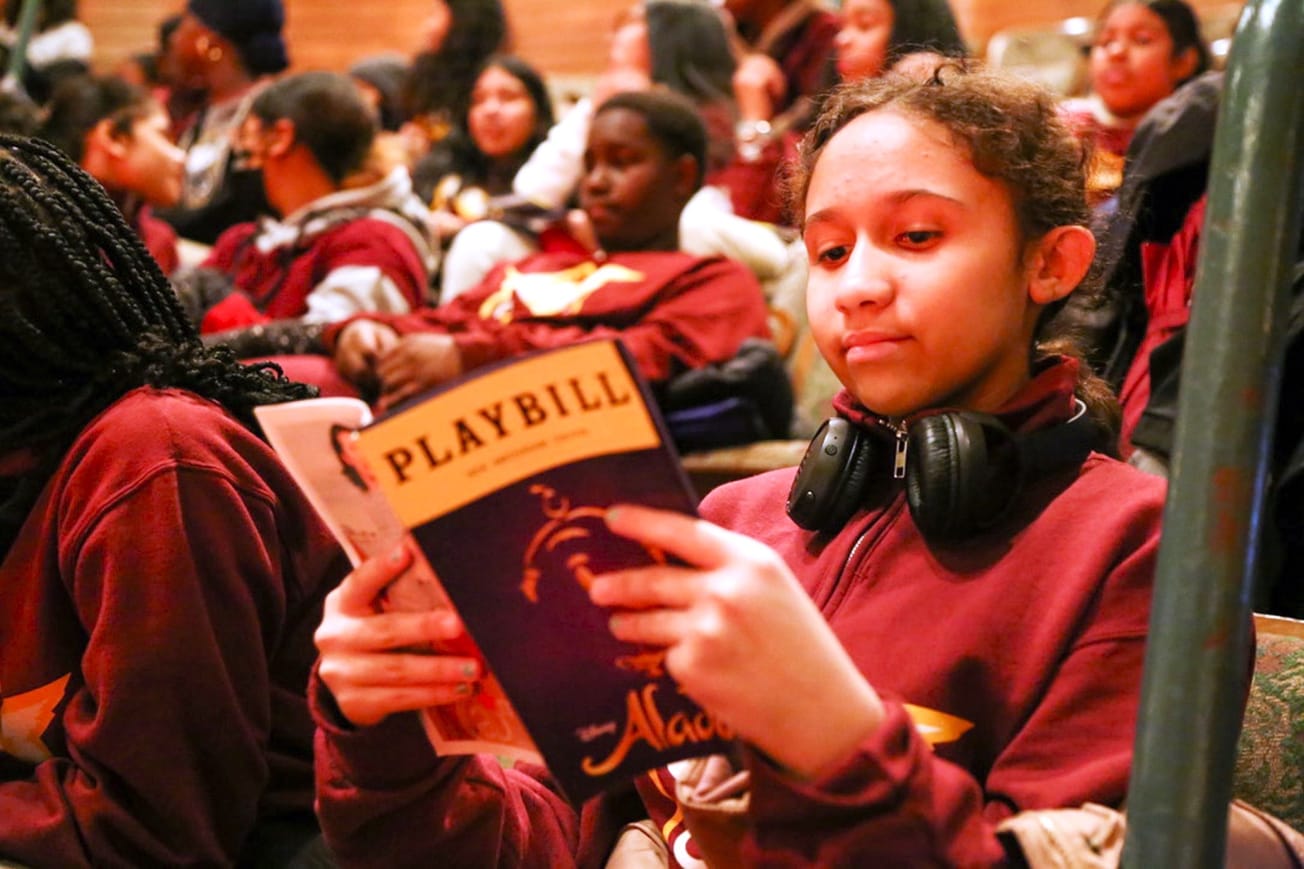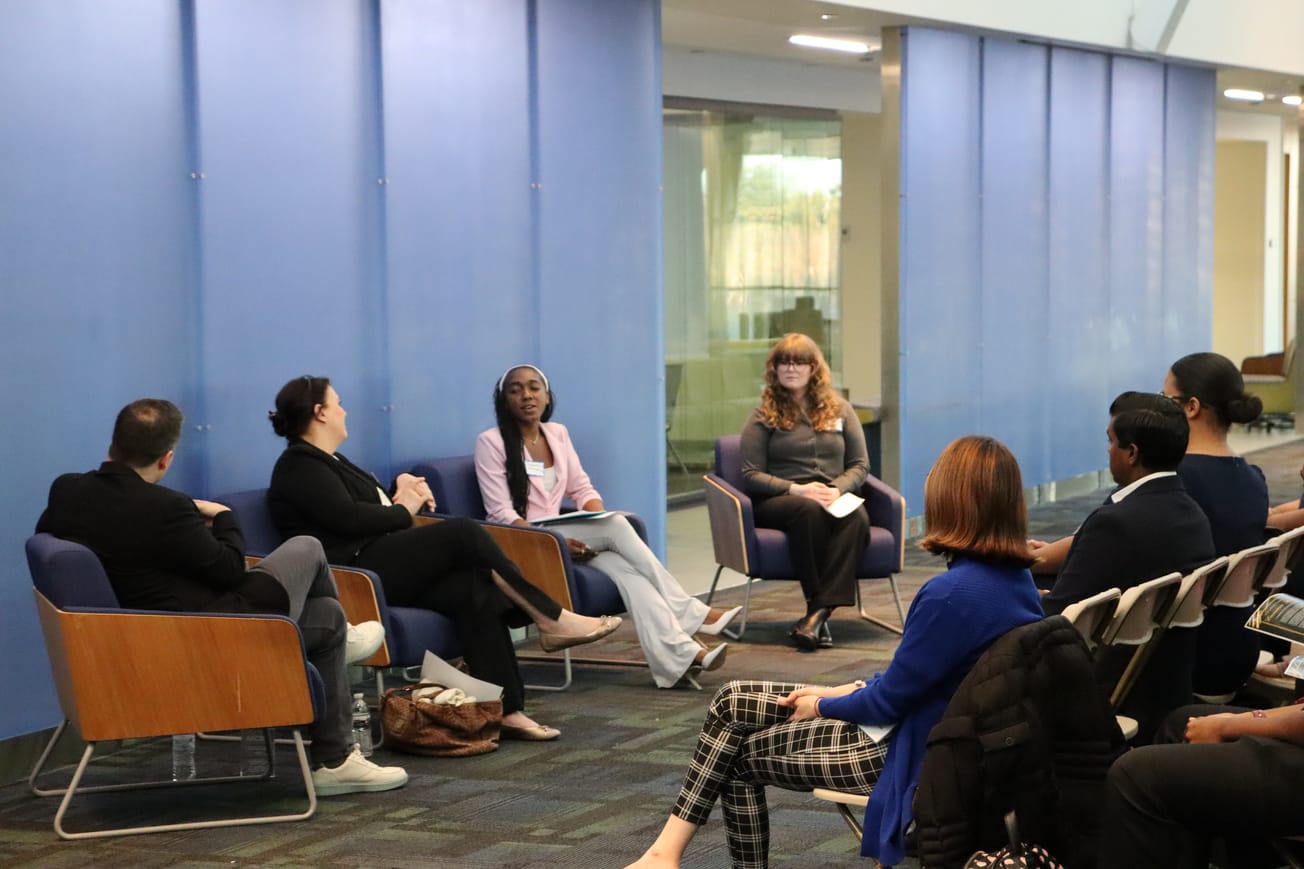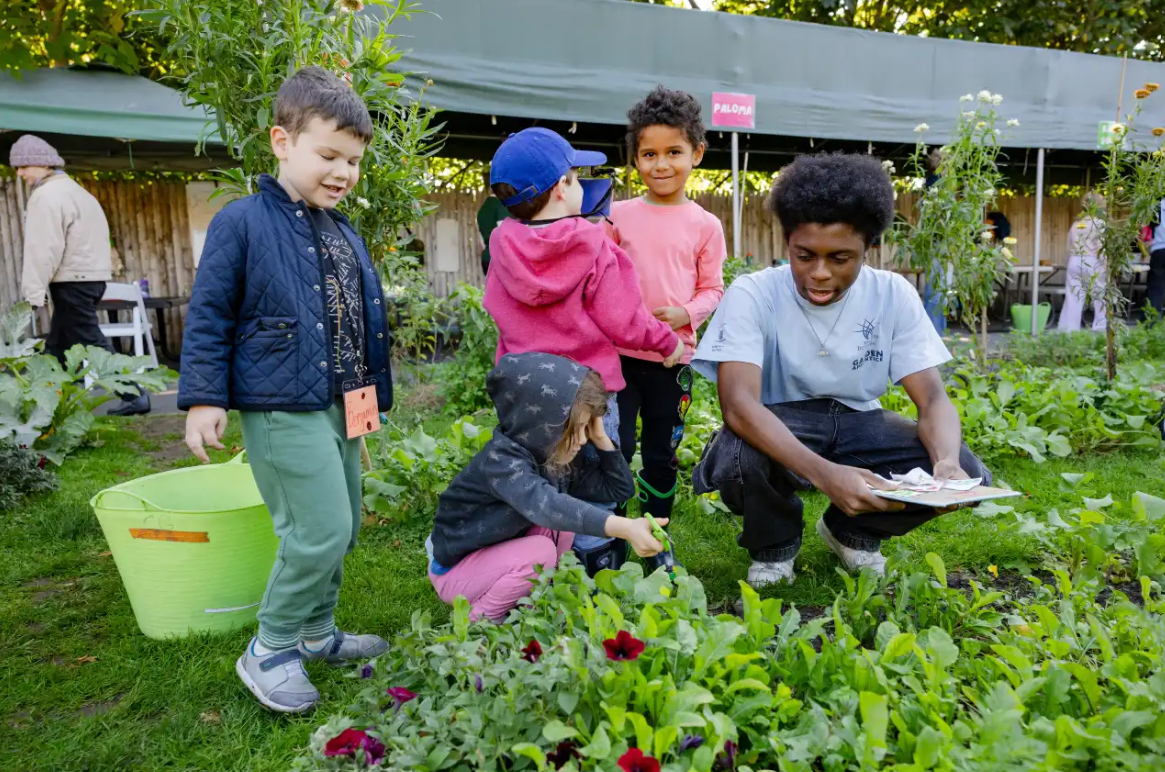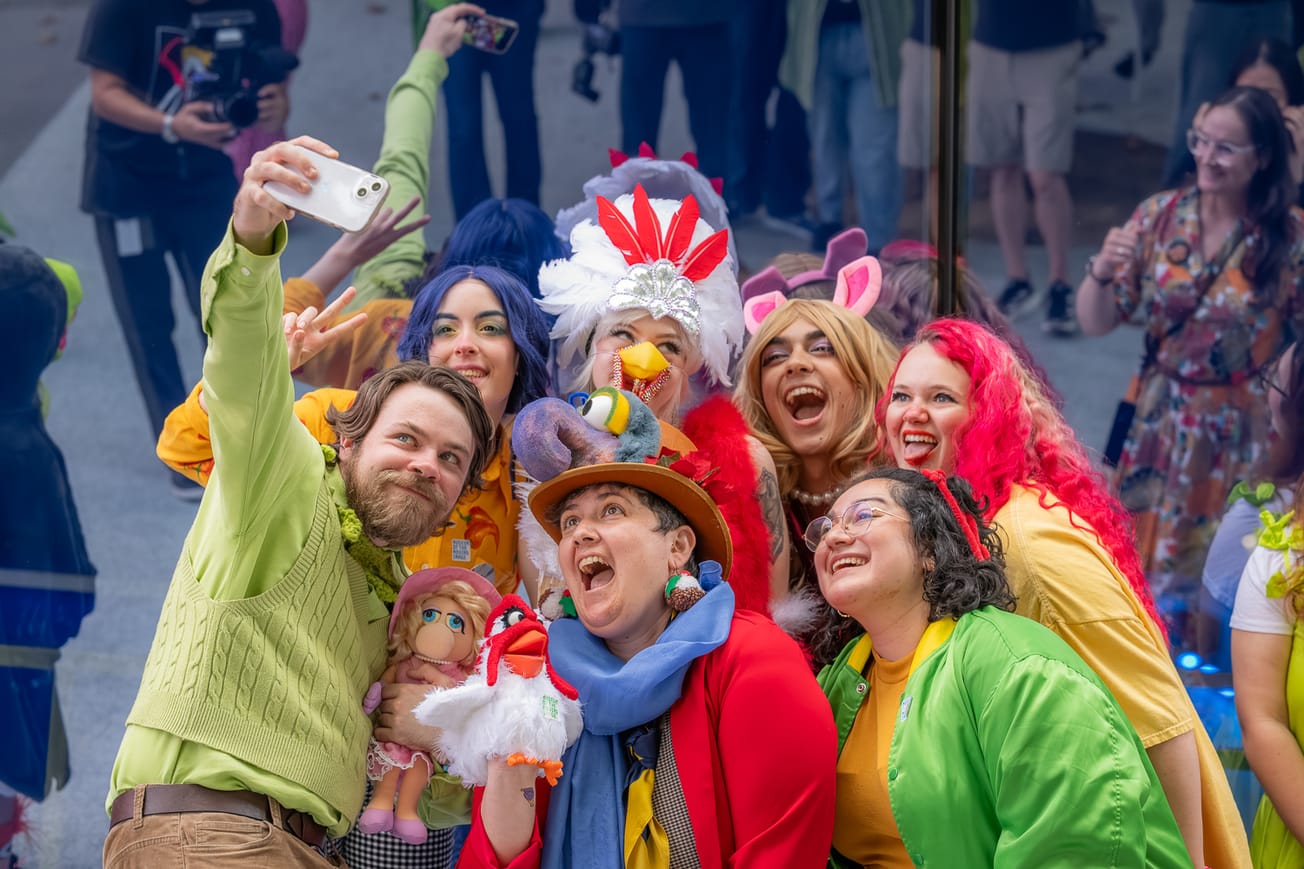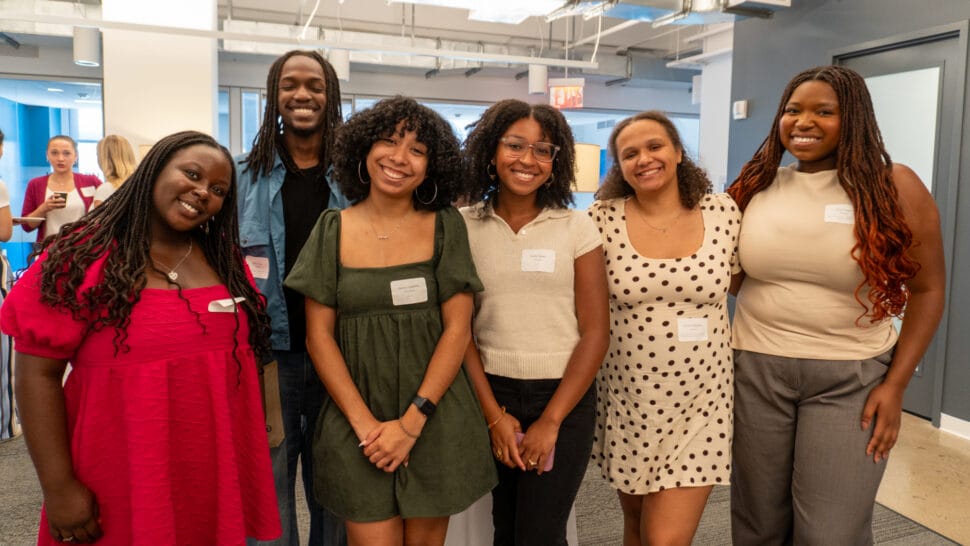A month into New York City's school year and the Department of Education is still navigating a late enrollment surge. With over 19,000 school-aged children arriving in NYC as asylum seekers, the city's schools are facing an unexpected spike in enrollment.
One of the most immediate and significant challenges faced by migrant children is language proficiency. Many of these students arrive with limited or no knowledge of English, which can impede their ability to engage effectively in the classroom. That learning curve is made steeper due to the logistical hurdles caused by the integration of a new, phonics-based reading curriculum to be rolled out city-wide by the DOE by September 2024.
Many migrant children have experienced trauma in their journey to safety, whether from conflict, displacement, or other harrowing experiences. This trauma can have a profound impact on their emotional well-being and ability to learn effectively. Recognizing and addressing these experiences through trauma-informed education is essential. And while students enrolled in an NYC public school are now participating in mandated mindful breathing techniques for 2 to 4 minutes daily, additional support will be needed to help students cope with trauma.
Each child arrives with a unique educational background, and assessing their academic level accurately is crucial for tailoring instruction to their specific needs. New York City is currently experiencing a shortage of certified bilingual teachers which makes properly integrating, educating, and supporting new students all the more challenging.
But perhaps the biggest challenge that migrant children face will be cultivating a sense of belonging and community, which studies have shown is an essential aspect of a holistic education. These students must navigate peer interactions in a very new environment and would benefit from school or community-sponsored cross-cultural exchanges and field trips that promote camaraderie and mutual understanding.
As New York City opens its doors to thousands of migrant children, it is imperative that the educational system rises to meet the unique challenges they face. Investing in additional resources and services is not only a moral imperative but also an investment in a brighter future for these children and for the diverse tapestry that is New York City.




